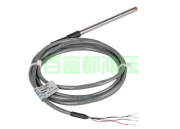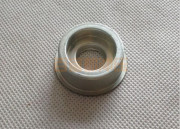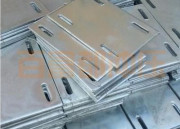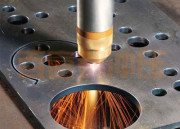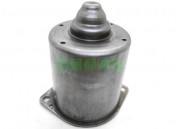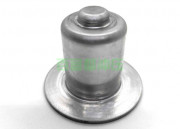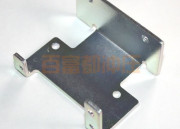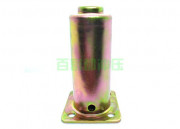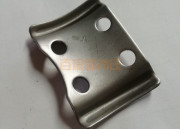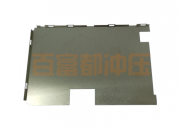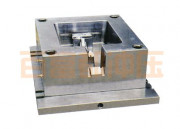Stamping dies, protective measures for stamping operations
The main reason for the formation of the mold is: the mold is misguided and skewed. Otherwise, it will cause mold damage and mold deformation, such as mold base, template hardness, template thickness planning is too small, easy to be affected by external force collision deformation; mold orientation is not correct, the upper and lower mold positioning error is out of tolerance. At this time, the strength of the punch should be increased to strengthen the guidance of the stripper. It may also be that the precision of the die is too low, resulting in a dryness of the die that is not proportional to the strength of the die. The orientation of the mold is too close, causing the lateral force of the mold to be unbalanced. When stamping, once the mold is insensitive or even stuck, stop production immediately, find out the cause of the stuck mold, and eliminate the problem.
The cost of mold production is high, and the cost of ordinary molds accounts for 1/4-1/5 of the cost of stamping molds. The cost of a trim is more than 70% of the original cost of the mold, and the life of the mold may be approaching. If the mold repair process is too complicated, the mold repair cost is too high, the difficulty is too high, and the maintenance cycle is too long, it will seriously affect the normal production of stamping parts.
Under normal circumstances, after the mold is damaged, there will be a multiple-choice question to repair and invalidate it. However, in this way, the mold can be repaired in time, effectively avoiding damage to the mold, and can greatly reduce the cost of the mold for stamping production. After the die sleeve is seriously damaged, sometimes the punch and the die are damaged together. The reason is that, in addition to the difficulty of mold manufacturing, the cost is too high. Unnatural wear of the blanking die fails, if not for damage to the connecting parts.
Under normal circumstances, the main failure mode of the die is excessive wear, which requires the manufacture and use of the die again. Therefore, timely repair and prevention of molds can greatly reduce the cost of molds for stamping parts.
In addition, some protective technical measures should be adopted during the stamping process:
1. The protection of the stamping work area of the stamping parts processing factory.
1. Install protective devices around the die.
2. The die is properly designed, and the die reduces the danger range.
3. Automatic or mechanical feeding design.
Second, stamping parts processing factory anti-punch protection measures.
1. Pushing hand: a protective device that is connected to the slider of the punch press and uses the swing of the baffle to push the worker’s hand out of the die mouth.
2. Swing rod protection device: a device that uses the lever principle to pull the hand.
3. Handle protection device: It is a device that uses pulleys, levers and ropes to make the hands of the staff and the slider move in conjunction.
The above is the related content of stamping die problems and protective measures. The role of die in stamping process cannot be ignored. Only by doing a good job in relevant protection work and solving problems in time can we reduce costs and improve efficiency. Hope the above will be helpful to readers.
Read More →


